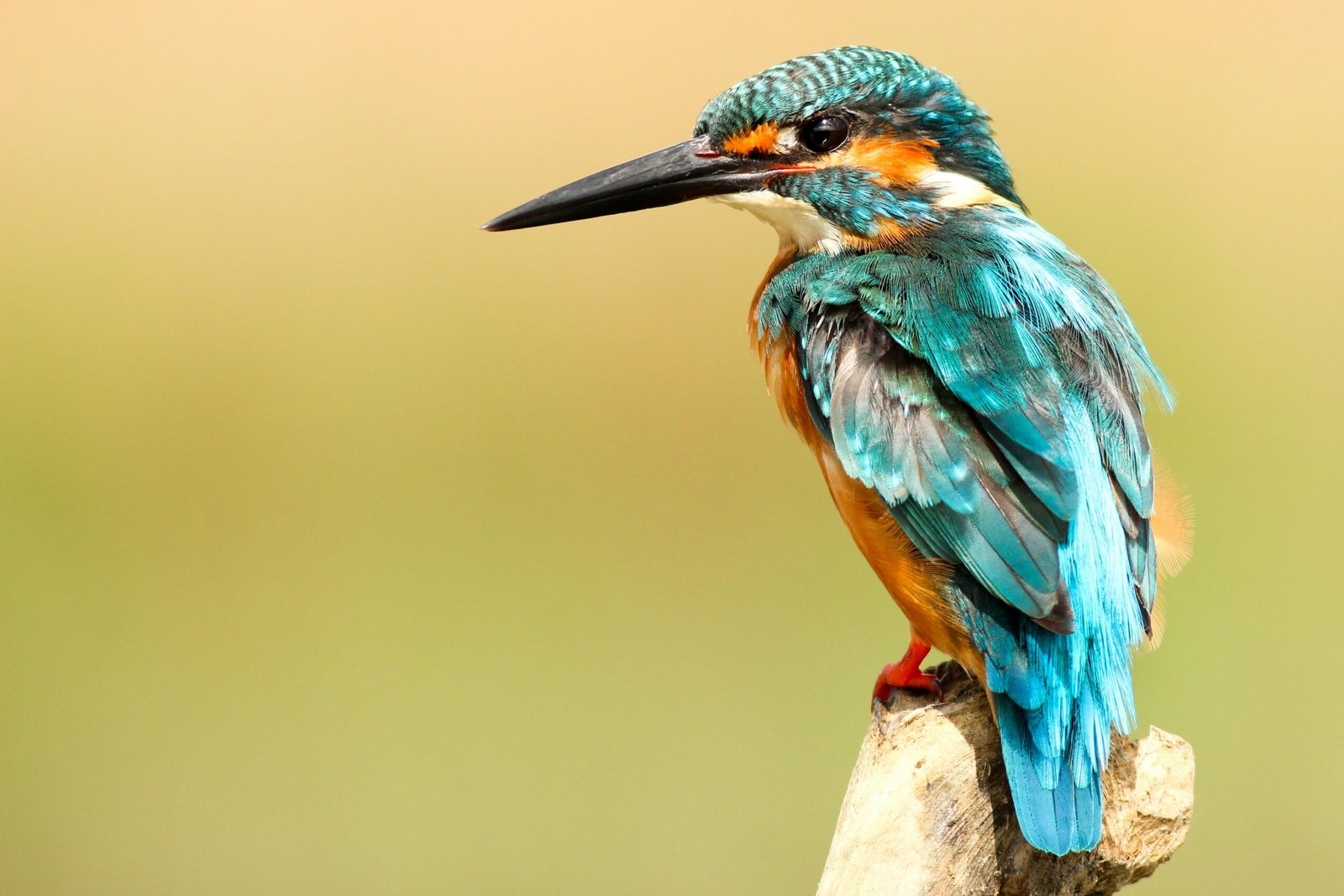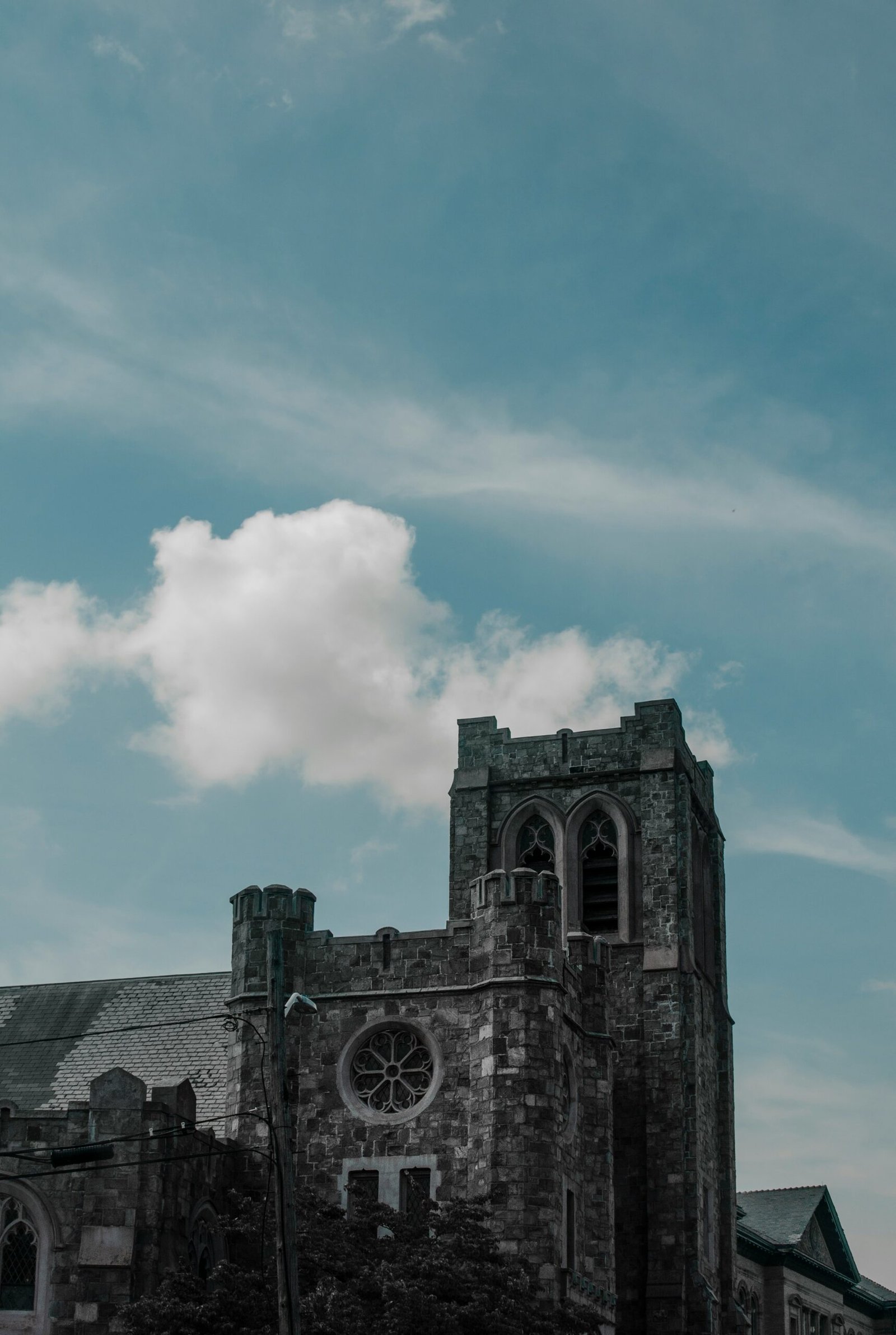The Hancock Bird, a captivating species renowned for its vivid plumage and melodious songs, is a unique member of the avian world. With its brilliant colors and graceful movements, the Hancock Bird has become a symbol of beauty and elegance for bird enthusiasts and nature lovers alike. This species, found primarily in the tropical rainforests of South America, particularly within the Amazon Basin, plays a vital role in maintaining the ecological balance of its habitat. Its survival, however, faces challenges due to habitat loss and environmental changes. Let’s explore the fascinating characteristics, behaviors, and conservation efforts that make the Hancock Bird a truly majestic creature.
Vibrant Plumage and Distinctive Features
One of the most striking features of the Hancock Bird is its vibrant plumage, which ranges in shades of deep greens, vivid blues, and striking yellows. These brilliant colors are not only a visual delight but also serve practical purposes, such as attracting mates and establishing territories. The bird’s brightly colored feathers make it a standout species in its natural habitat, often catching the eye of birdwatchers and photographers. Moreover, its strong, slightly curved beak is well-suited for cracking open seeds and accessing fruits, the primary components of its diet. This specialized beak allows the Hancock Bird to feed on food sources that are difficult for other species to access, giving it a competitive advantage in its ecosystem.
The bird’s plumage also plays a critical role in its defense mechanisms. The bright colors, in combination with its agile flight patterns, help deter potential predators by making the bird more difficult to catch. The Hancock Bird’s adaptability to its environment, both physically and behaviorally, has contributed to its success as a species, despite the challenges posed by environmental degradation.
Behavior and Social Interactions
Hancock Birds are known for their highly social and playful nature. They typically live in small family groups or flocks, where they exhibit complex social structures. Within these groups, dominant individuals assert their authority, particularly during breeding seasons. Mating rituals are a key aspect of the Hancock Bird’s social behavior, with males performing elaborate courtship displays to attract females. These displays often involve intricate dances, vibrant feather displays, and melodious vocal performances, showcasing the bird’s fitness as a potential mate.
Communication within flocks is achieved through a variety of vocalizations, ranging from harmonious songs to sharp calls that signal danger or attract attention. During the breeding season, the birds are known to build nests high in trees, providing protection from predators. Both parents take on the responsibility of incubating the eggs and feeding the hatchlings, ensuring the survival of their offspring during this vulnerable stage of life.
The bird’s adaptability extends to its feeding habits as well. The Hancock Bird is an opportunistic feeder, with a diet that consists of fruits, seeds, insects, and nectar. During the breeding season, it shifts to a more protein-rich diet to support the needs of its young. The bird’s feeding habits also play a crucial role in seed dispersal, contributing to the health and diversity of the forest ecosystems it inhabits.
Habitat and Distribution
The Hancock Bird thrives in the dense canopy of tropical rainforests, particularly in fruit-rich areas of the Amazon Basin. While primarily found in South America, populations of the Hancock Bird have also been observed in savannas and mountainous regions, though these populations are less common. The bird’s preference for the high forest canopy allows it to access abundant food sources while remaining relatively protected from ground-based predators.
Unfortunately, the Hancock Bird’s natural habitat is under constant threat from deforestation and climate change. The destruction of rainforests, particularly in the Amazon, poses a significant risk to the species’ long-term survival. Conservation efforts are crucial in preserving the bird’s habitat and ensuring the continued health of its populations.
Conservation Efforts and Challenges
Despite being classified as a species of “Least Concern” by the International Union for Conservation of Nature (IUCN), the Hancock Bird faces significant challenges due to habitat loss and climate change. The destruction of the Amazon rainforest, in particular, has reduced the availability of suitable nesting sites and food sources. Conservation organizations, such as the Hancock Wildlife Foundation (HWF), are working to protect these vital habitats through a combination of research, public education, and habitat restoration efforts.
The HWF has played a key role in raising awareness about the importance of protecting the Hancock Bird and other species that rely on the Amazon’s biodiversity. By supporting eco-tourism and birdwatching initiatives, these organizations help generate funds for conservation while encouraging the public to appreciate the beauty and significance of the Hancock Bird in its natural environment. Additionally, ongoing research efforts focus on understanding the bird’s behavior, migration patterns, and ecological needs, providing valuable data that can inform future conservation strategies.
The Role of the Hancock Bird in Culture and Ecosystems
Beyond its ecological importance, the Hancock Bird holds a special place in the cultural traditions of the regions it inhabits. In South American folklore, the bird is often seen as a symbol of beauty, resilience, and freedom. Its vibrant plumage and melodious calls have inspired numerous works of art, literature, and music, further cementing its status as a cultural icon.
In addition to its cultural significance, the Hancock Bird plays a vital role in maintaining the health of its ecosystem. As a seed disperser, the bird helps promote the growth of new plants and contributes to the overall biodiversity of its habitat. This, in turn, supports a wide range of other species, from insects to mammals, that rely on the same environment for survival. The Hancock Bird’s presence is often seen as an indicator of a healthy, thriving ecosystem.
Conclusion
The Hancock Bird is a remarkable species that embodies both grace and resilience. Its vibrant plumage, melodious songs, and adaptability make it a favorite among birdwatchers and nature lovers alike. However, the challenges it faces due to habitat loss and environmental changes highlight the urgent need for conservation efforts. By supporting initiatives that protect the bird’s habitat and raise awareness about its significance, we can ensure that future generations will continue to admire and appreciate the beauty of the Hancock Bird.
As a symbol of grace and beauty, the Hancock Bird serves as a reminder of the delicate balance within our natural world. Its survival depends not only on its adaptability but also on the efforts of conservationists and the broader global community to protect the ecosystems it calls home.










Leave a Reply